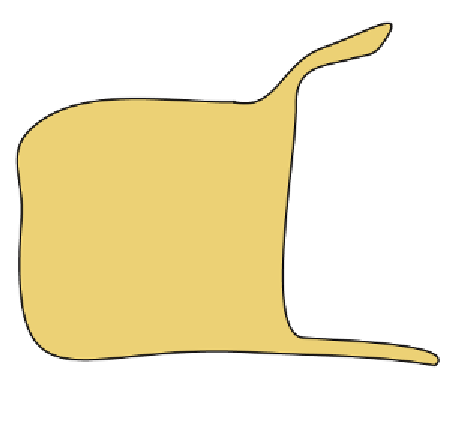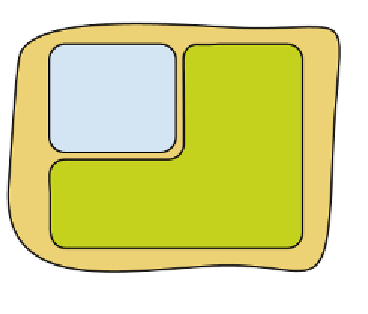Biology Reference
In-Depth Information
Eukaryotic heterotroph
(exosymbiont)
Rhodophyte alga
(endosymbiont)
A
Glutamyl-tRNA
Glu
B
Protoheme
Chlorophyll
1a
MITOCHONDRION
Protoheme
8a
8b
*
Succinyl-CoA
8
Glutamate-1-
semialdehyde
Protoporphyrin
Protoporphyrin
Glycine
1b
PLASTID
7
7
1
d
-Aminolevulinic acid
Protoporphyrinogen
Protoporphyrinogen
d
-Aminolevulinic acid
2
6c
6b
6
Porphobilinogen
Coproporphyrinogen
CYTOSOL
2
Coproporphyrinogen
3
5a
5b
4
Porphobilinogen
Hydroxymethylbilane
Uroporphyrinogen
5
3
4
Hydroxymethylbilane
Uroporphyrinogen
C
Succinyl-CoA
Protoheme
Chlorophyll
8a
Glycine
MITO
*
8b
1
Protoporphyrin
Chromerid
alga
d
-Aminolevulinic acid
?
Protoporphyrinogen
6b
2
PLASTID
6a
Coproporphyrinogen
Porphobilinogen
5a
5b
5c
3
4
Hydroxymethylbilane
Uroporphyrinogen
D
Protoheme
Succinyl-CoA
8
MITO
Glycine
Protoporphyrin
7
1
Apicomplexan
parasite
Protoporphyrinogen
d
-Aminolevulinic acid
6
PLASM.
Coproporphyrinogen
2
PLASTID
5
5
Porphobilinogen
TOXOP.
3
4
Hydroxymethylbilane
Uroporphyrinogen
Figure 8.16 Evolution of tetrapyrrole (heme) pathway in chromerids and apicomplexan
parasites. Chromerid algae evolved through the endosymbiotic relationship between
primarily eukaryotic heterotroph (A) and phototrophic rhodophyte alga (B). Heme
(C4) pathway of heterotrophic eukaryotes is localized in mitochondrion and cytosol,
respectively (A) while the red algal (C5) pathway is entirely located to the plastid (B).









































































































































Search WWH ::

Custom Search